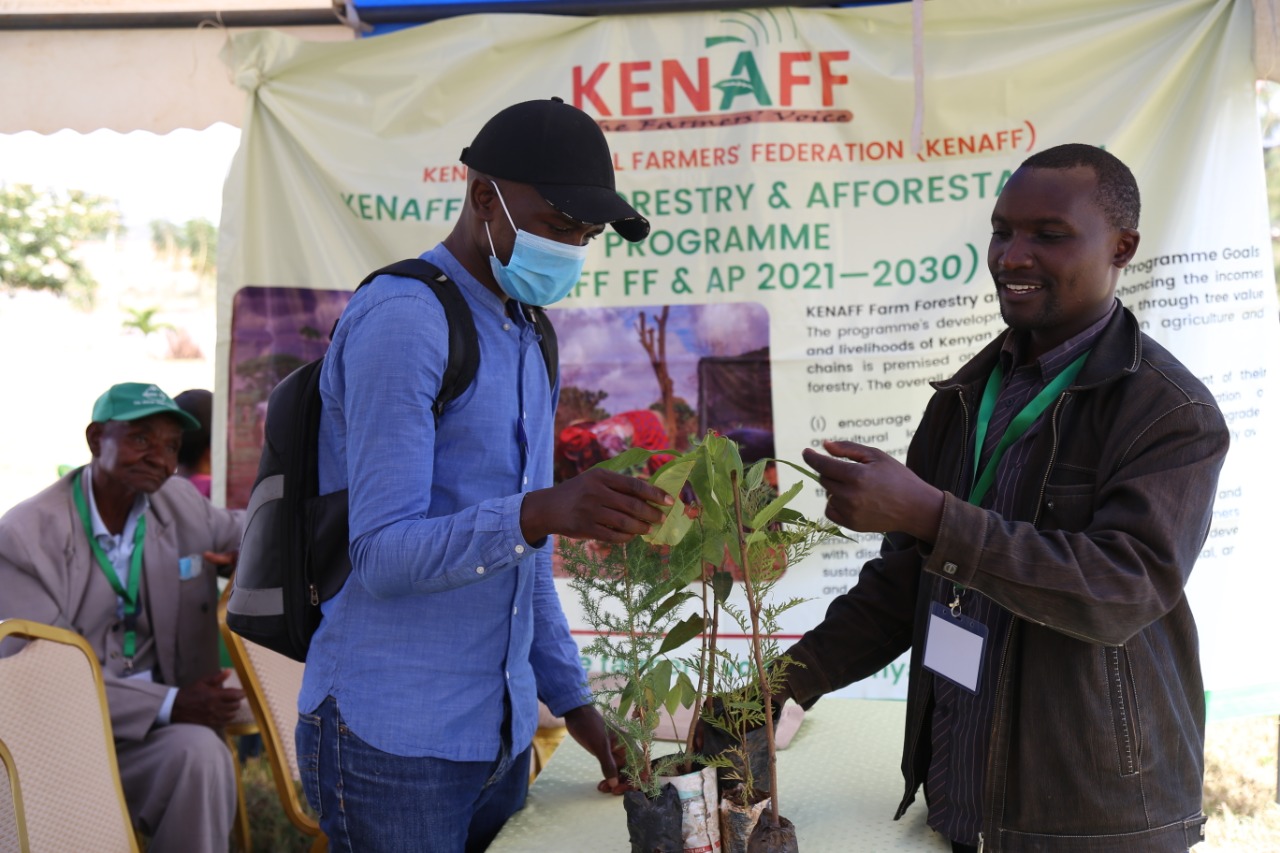
KENAFF Farm Forestry Afforestation and Biodiversity Conservation Programme
Programme Status Active
Section
Programmes All Programmes
Programme Summary
The KENAFF FFA & BCP 2021-2030, has been conceptualized, developed and shall be implemented by KENAFF over ten (10) years.it is meant to support the government of Kenya’s Regreening Kenya Initiative; and the target to achieve 10% forest cover by December, 2022; contribute to the achievement of the Sustainable Development Goals (SDGs), specifically Goal 13: Climate Action, and is as a strategy through which Kenyan farmers contribute to climate action as envisaged under the Paris Agreement, specifically to; contribute to mitigation (Article 4) and conserve and enhance sinks and reservoirs for greenhouse gas emissions (Article 5).
The programme’s development objective, enhancing the incomes
and livelihoods of Kenyan smallholder farmers through tree value chains is
premised on the mutualism between agriculture and forestry..
Overall goals
(i) Encourage farmers to allocate at least 15 percent of their agricultural landholdings for farm forestry, conservation of agrobiodiversity, re-forestation, and reclamation of degraded landscapes to slow down the impact of climate change globally over the next 10 years (2021 – 2030) and in perpetuity
(ii) Build farmers’ capacity on soil and water conservation and train smallholder farmers (including women, the youth and farmers living with disabilities) on the importance of establishing and developing sustainable tree value chains for economic, environmental, and food and nutrition security among other benefits.
Specific Goals
(a) Promote tree value chains among farmers through capacity building on farm forestry and tree value chain development.
(b)Support tree nursery establishment and development by the KENAFF Youth Council as well as the KENAFF Women Council
(c) Promote fodder bulking as an adaptation mechanism for livestock-based livelihoods in Arid and Semi-Arid Lands (ASALs)
(d)Enhance protection and reclamation of the commons
(e)Establish and strengthen experiential learning and modeling
(f) Enhance business case development for trade in tree and tree products
(g)develop and implement payment of ecosystem services (PES) initiatives for the social, economic, and environmental benefits of carbon sequestration; and the practice of related services; including apiculture, aquaculture, agrotourism, and biogas technologiesImplementation Approach
(1) Mix: 50% (indigenous trees), 30% (fruit and fodder) and 20% (fast-maturing).(2) Number of trees planted over ten years.
(3) Source of seedlings: a national network of nurseries established, led and managed by KENAFF members (youth, women as well as other vulnerable and marginalized groups).
(4)Envisaged knowledge and research partners: Kenya Forestry Research Institute(KEFRI), International Centre for Research in Agroforestry (ICRAF), Egerton University, The Nature Conservancy and United Nations Environment Programme
(UNEP), etc.
(5)Envisaged practising partners: all Kenyan farmers, Council of Governors (CoG);
Ministry of Environment and Forestry, Kenya Forest Service, Ministry of Education primary & high schools, as well as mid-level colleges); Universities; correctionalfacilities, Kenya Rural Roads Authority (KeRRA); Kenya National Highways Authority (KeNHA), etc.
(6)KENAFF National Tree Planting Weeks: last week in March/ first week in April for the March, April and May (MAM) rainfall cycle and second/third week in October for the October, November and December (OND) rainfall cycle.


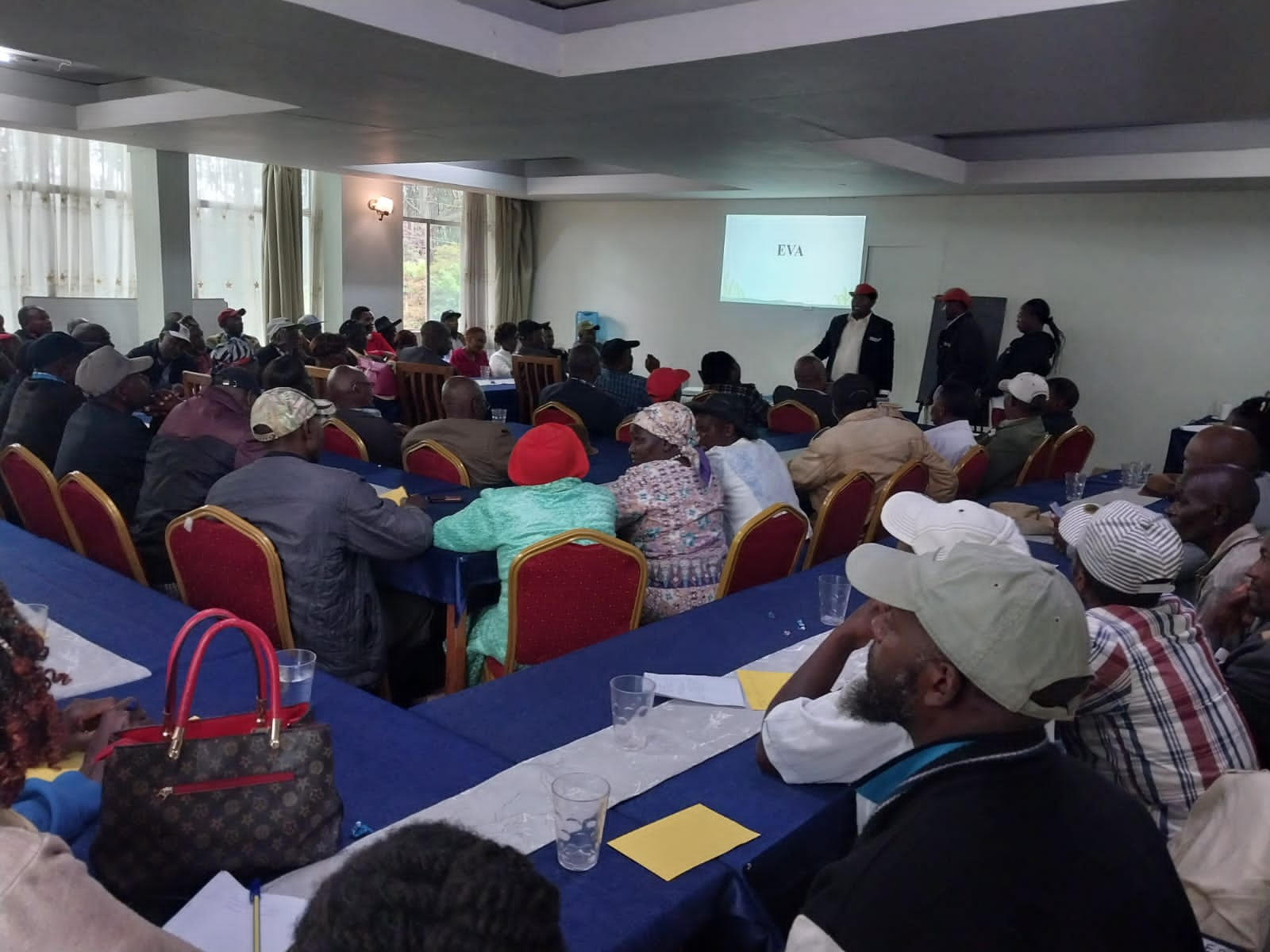
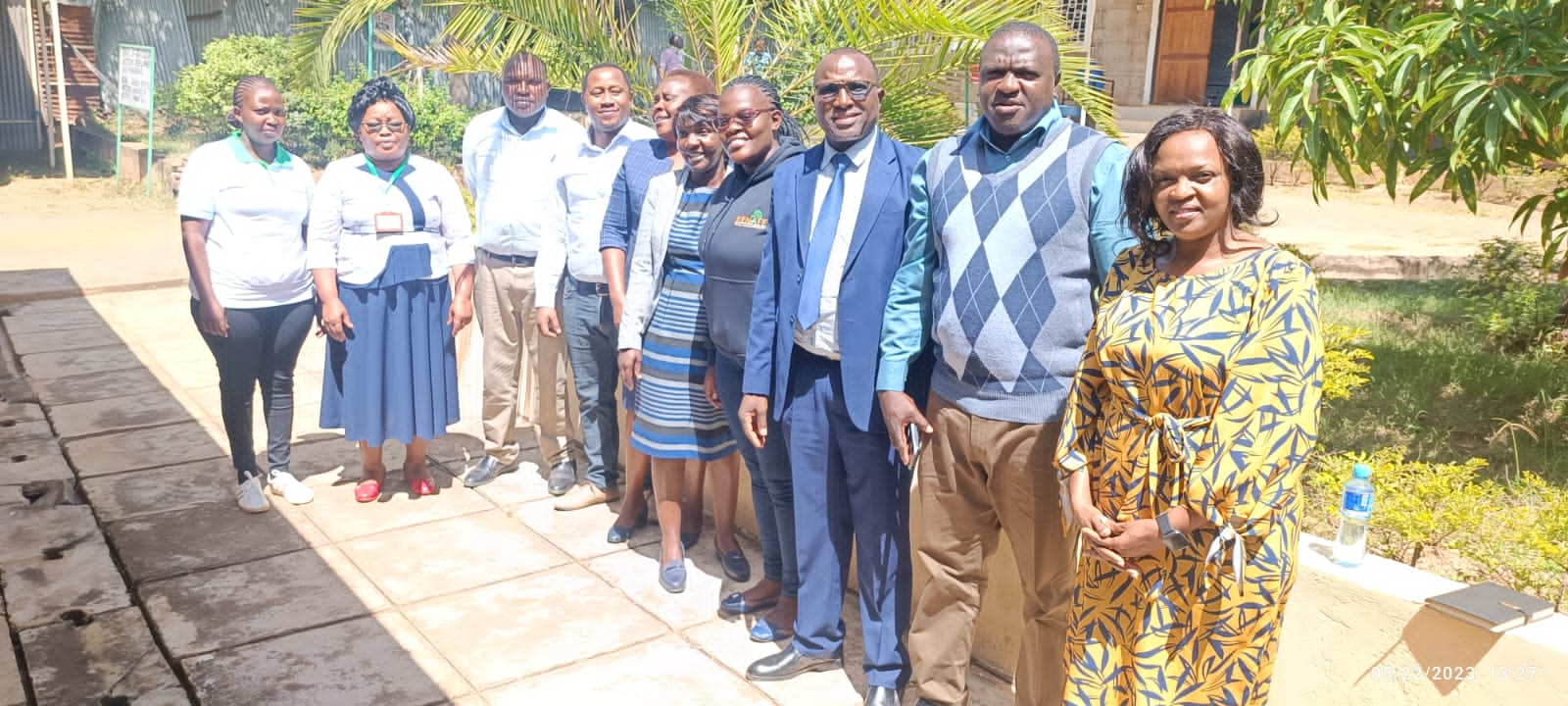
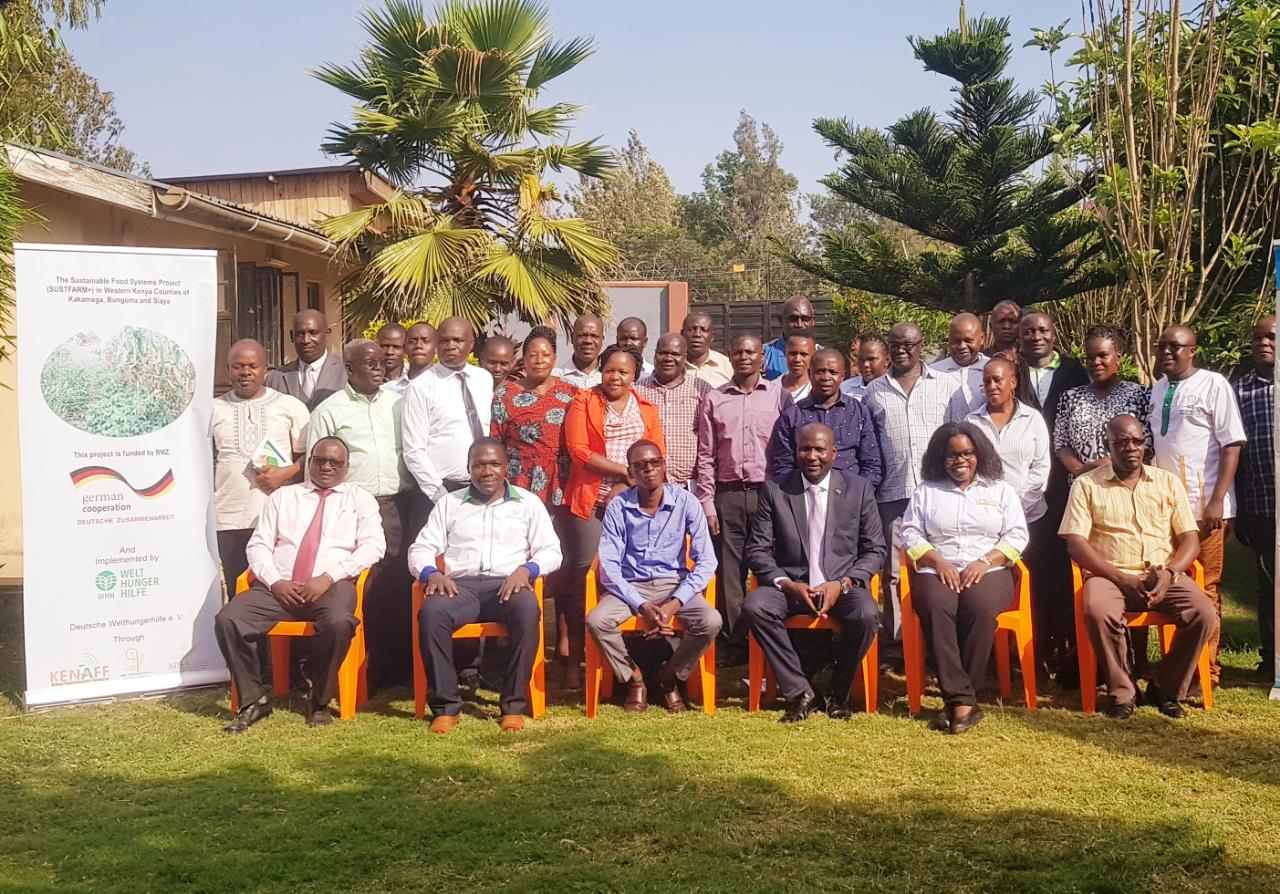



.jpeg)
.png)
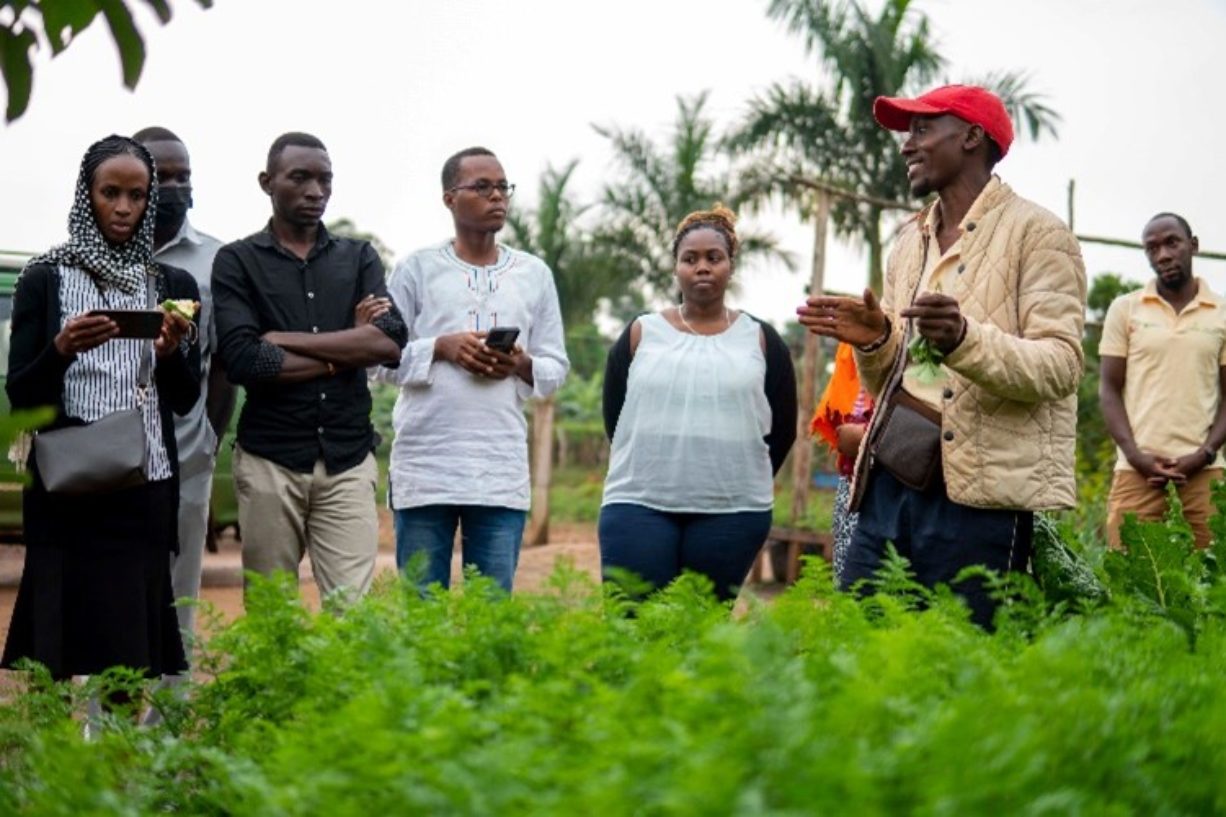
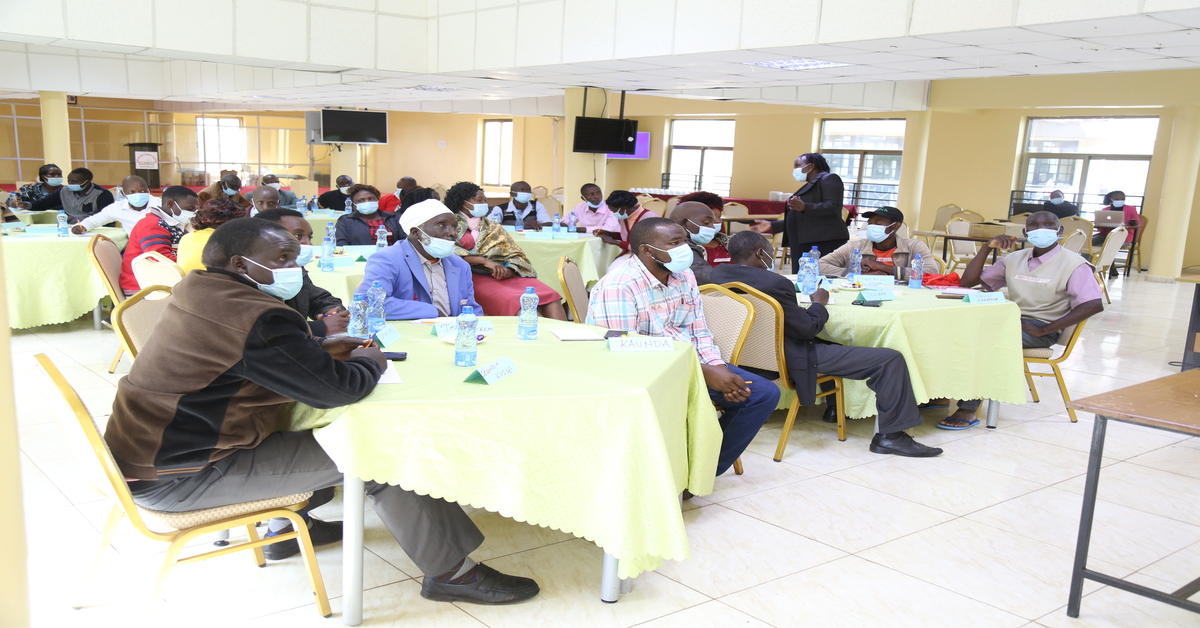
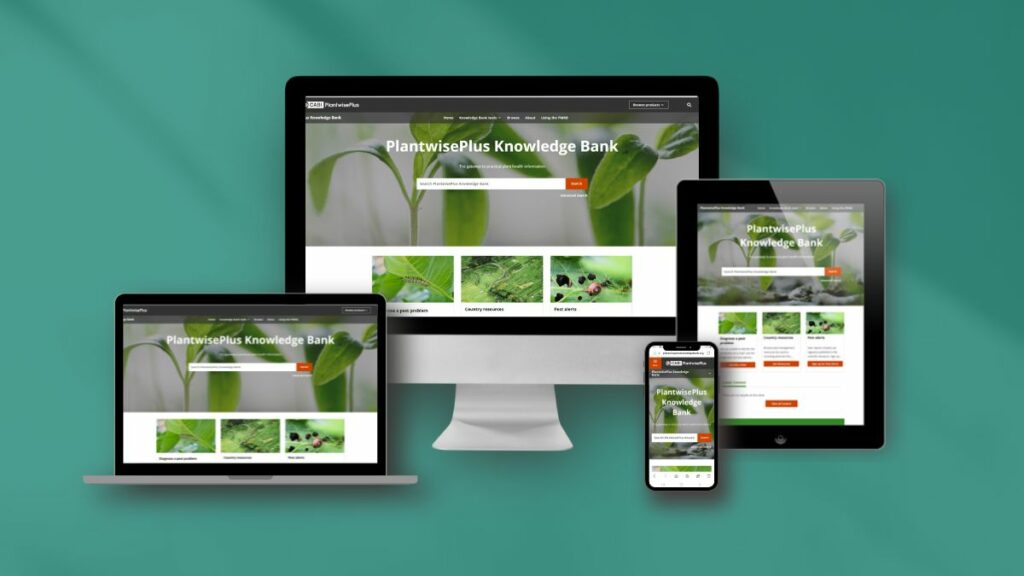
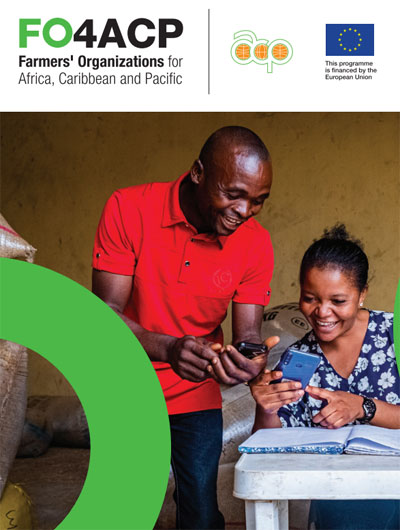
.jpg)